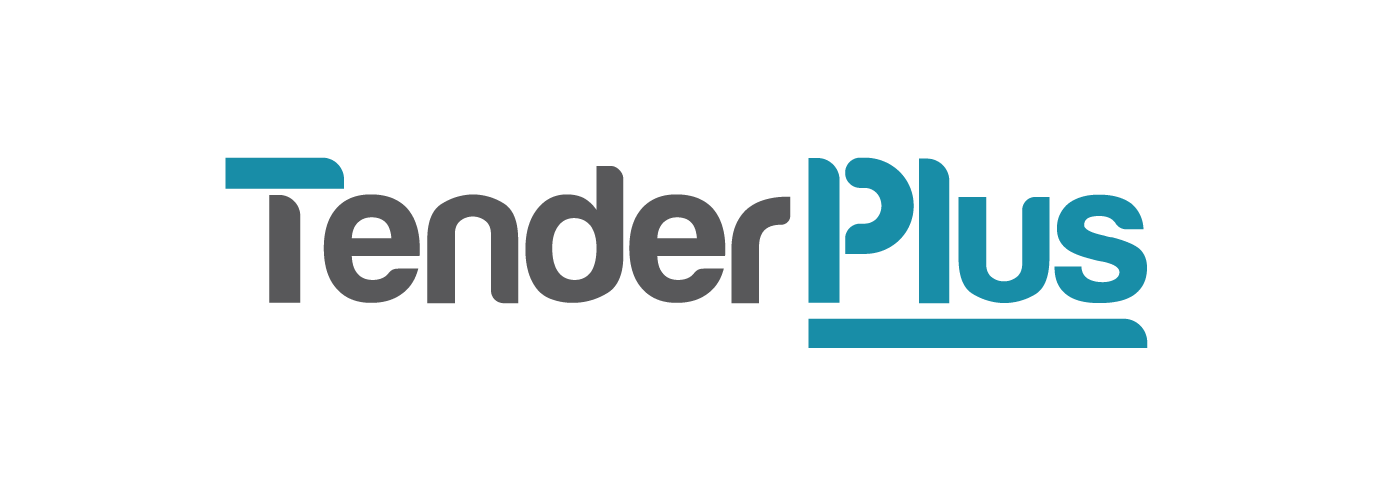Using down time to get on the front foot
By Tania Field, Principal Tender Specialist (Sydney)
In my time as a tender support specialist, I have observed that there’s so much good stuff happening within businesses however it often fails to make its way into a tender response because the detail is hard to extract in a time pressured environment. The elements that make a business unique and those which employees loyally revere may end up being under sold in the final offer. This could be due in part to time constraints, limited resources available to do the reporting, or even an assumed position that the business is well known and therefore the detail is not necessary. When the realisation of this lack of detail arises at a crunch point in a tender, the focus quickly moves to trade-offs such as what is possible in the time remaining. Sometimes this becomes more about lodging a compliant bid response rather than a strategic and compelling one.
Getting productive and focussed on bringing the things that matter to the surface is a good strategic play. Stronger factual accounts that demonstrate what you do and why you do it well helps position your business to become more competitive and confident in highlighting value and clear in articulating how you can respond to client needs.
Use your downtime to research or interview subject matter experts (SME) to produce case studies that shine a light on your business’ competitive advantages. Case studies do not have to be pages long, in fact they will rarely make their way into the bid if it’s page limited. Focus on summarising these to around 200 to 300 words in length. Also, start compiling a list of all of the innovations across the business when speaking to your SMEs so that you know what to leverage when tailoring information to the response criteria.
Another avenue accessible to all of us is to analyse available third-party articles and research for clues as to what clients might start asking for in future requests for tender. Let us take the CSIRO global megatrends as an example. This is a credible source that might just spark ideas for the creation of content for the bid library, or, to shape existing content in a way that clearly demonstrates understanding of macro environmental factors. This could also provide direction as to how you might answer the all-encompassing innovation or value for money questions.
In reflecting on these emerging trends, you might consider, “Is there a new mandate by senior management that has shaped corporate policies differently, or, has the mandate influenced a change to practices in certain areas that are linked to these trends”? Maybe you have implemented a task force, re-structured the business, or recruited resources with specialist skills to stay at the forefront.
Much of the doing in tendering is how you can exercise your knowledge and understanding of the world around you to illustrate what you can provide for your clients and how it might impact their business in ways such as cutting costs, influencing their strategic position, or even creating future collaboration opportunities. Making the time to write about your understanding and application of these issues is strategic and interesting to evaluators.
If this is not an area you would normally focus on because your business is streamlined and runs on finite resources, you might change tact and simplify matters by identifying initiatives or plans that you will put in place to respond to future trends or challenges. This is equally relevant and a way of ensuring your clients know that you know how to support them in navigating the path ahead.
